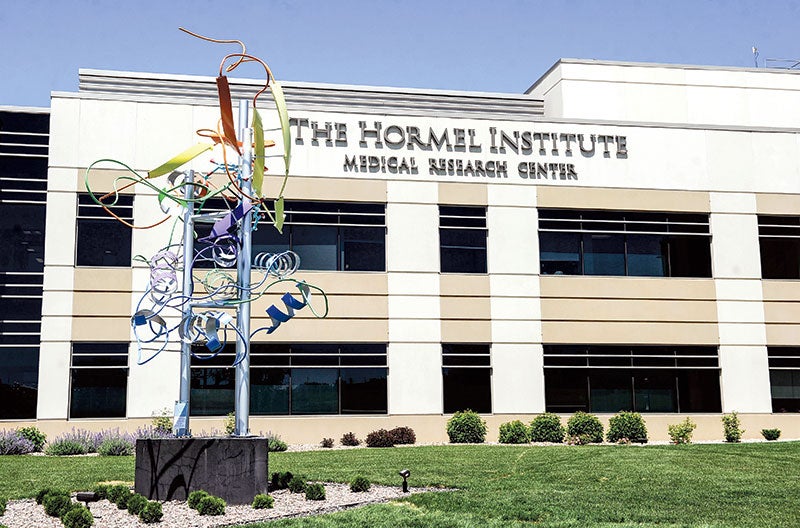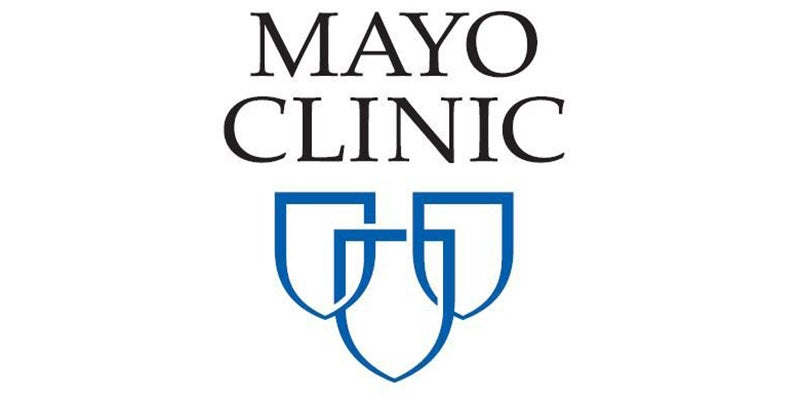Student aims to cure bone cancer that killed friend
Published 10:09 am Monday, August 8, 2016
By Mary Divine
St. Paul Pioneer Press
ST. PAUL — Some of Mitch Kluesner’s happiest high-school memories are of hanging out with Zach Sobiech during the late Lakeland teen’s chemotherapy treatments.
The pair, wearing blue Forever Lazy fleece onesies with matching footie socks, would blow bubbles in other cancer patients’ rooms, concoct crazy sandwiches, and serenade staff and patients at the University of Minnesota Amplatz Children’s Hospital in Minneapolis, the St. Paul Pioneer Press (http://bit.ly/2b5yiwU ) reported.
“It was always our time to have fun and goof off,” Kluesner said of the Tuesday appointments. “I would play hooky so I could go with him. It was a fun space. Even though it was a really sh_- situation, we made the best of it.”
Kluesner, 21, who lives in Woodbury, met Zach during their first year at Stillwater Area High School — a year after Zach, whose hit song “Clouds” became an Internet sensation, was diagnosed with osteosarcoma, a rare bone cancer. Sobiech died in May 2013 at age 18.
“It was kind of a bromance from the beginning,” Kluesner said. “He was very affable, very charismatic. . It felt very liberating, in many senses, to be with someone who I could just talk about anything with. He was very open, very philosophical.”
Kluesner, a senior biochemistry and neuroscience major at the University of Minnesota, is now working on finding a cure for the disease that killed his friend.
Kluesner received an Undergraduate Research Opportunity to spend the summer working with researchers who are investigating the gene PVT1, recently linked to tumor growth in osteosarcoma.
About 400 children and adolescents are diagnosed with osteosarcoma each year in the United States. Osteosarcoma tumors develop in rapidly growing bones during a growth spurt; boys have a 20 percent greater risk of getting them.
Survival rates depend on the location of the tumor and whether the cancer spreads. The overall cure rate is about 65 percent, but when the cancer spreads, there is only a 20 percent chance of survival.
Treatments for osteosarcoma have been stagnant for the past few decades, which is one of the reasons it is so deadly. “By understanding how PVT1 drives tumor growth, we aim to elucidate a new therapeutic target in the treatment of osteosarcoma and other soft tissue cancers,” Kluesner said.
Much of their research is being funded by the Zach Sobiech Osteosarcoma Research Fund, which has raised almost $1.16 million to date. Before he died, Sobiech asked that proceeds from the sales of “Clouds,” which has been viewed more than 12.7 million times on YouTube, go to osteosarcoma research at the University of Minnesota.
One of the researchers is Branden Moriarity, an assistant professor in the hematology/oncology division of the Department of Pediatrics who heads up the team Kluesner is on. Moriarity also is working on a new therapy that utilizes the patient’s immune system to attack osteosarcoma cells.
A clinical trial on the new therapy, scheduled to start later this year, would not have been possible if not for the money raised from “Clouds.”
“If it wasn’t for the Sobiech funding, I wouldn’t have this lab and a lot of this would not have happened, or it would be very much further behind than where it is now,” Moriarity said. “We published our paper last summer, and we’re going to clinical trial at the end of this year. That doesn’t usually happen. Usually, a finding to the clinical trial is 10 years. A lot of serendipity is involved, obviously, but the funding was critical as well to get the work done and published.”
Kluesner spent part of a recent weekday morning pipetting DNA into miniature centrifuge tubes in a third-floor lab at the university’s Cancer and Cardiovascular Research Building.
“We grow the bacteria in these little tubes overnight, and then we take them and spin them down in a centrifuge, really fast, and then they all fall to the bottom,” Kluesner said, carefully filling a tiny tube with liquid and writing “ER1-4 #16 7/25/16 mini” on top.
The work may seem trivial, he said, but he hopes it is a “step towards a larger picture, a cure, a greater good. . so that no one will have to suffer from osteosarcoma as Zach did.”
Sobiech, who was diagnosed in the fall of 2009, underwent 10 surgeries, spent more than 100 days in the hospital for chemotherapy treatments and had 15 radiation treatments. Kluesner said his friend believed that everyone experienced the same amount of pain in life — “it was just a matter of how spread out it was.”
“I’m not sure I believe that, but what I do know is that Zach eventually suffered,” he said. “There is a point where pain becomes suffering.”




